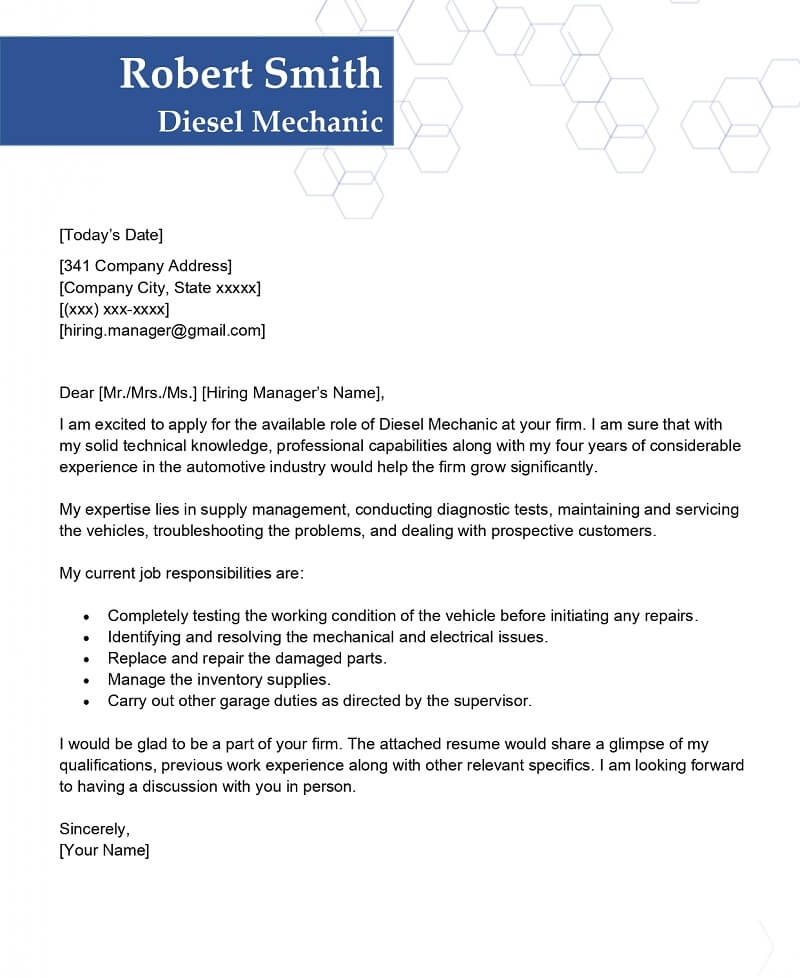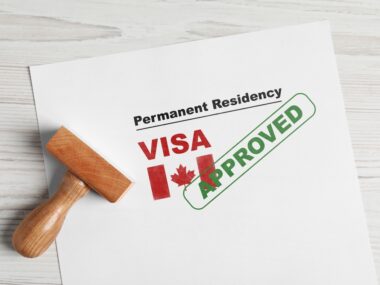Easiest Ways to Immigrate to the USA in 2026 this doesn’t have to be confusing or overwhelming. In fact, there are several legal and surprisingly simple ways to make it happen even if you don’t have family or a job lined up. Whether you’re looking for work, pursuing education, or seeking a fresh start, understanding the right immigration paths can save you time, money, and stress.
Advertisement
I’ve put together this straightforward guide to walk you through the 7 easiest ways to move to the U.S. legally in 2025. These options are real, practical, and often overlooked especially #4, which most people don’t even know exists.
Family-Based Green Card (Immediate Relative Category)
This is one of the fastest and most reliable ways to move to the U.S. If you have a close family member who is a U.S. citizen like a spouse, parent, or child they can sponsor you. You don’t need to wait in line because visas for immediate relatives are unlimited.
The process starts when your U.S. relative files Form I-130. Once approved, you can apply for a green card. This method is straightforward and often faster than other visa routes. Always double-check eligibility and prepare the right documents to avoid delays or denials.
- Brief description: Spouses, children, and parents of U.S. citizens qualify fastest.
- Highlight: No wait time in most cases.
- Tip: U.S. citizen sponsors must file Form I-130.
- Audience: People with family in the U.S.
- Ad tie-in: Legal services, immigration law firms.v
Read: The Future of Work Authorization: Potential Changes to H-4 EADs and What They Mean for You
Employment-Based Green Card (EB-3 Unskilled Worker Route)
You don’t need a college degree to immigrate through the EB-3 route. Many U.S. employers hire foreign workers for unskilled or low-skilled positions like caregiving, hotel work, or construction. Once you receive a job offer, your employer can apply for labor certification and then file for a green card on your behalf.
The demand for reliable workers in these industries remains high. Although the process takes time, it leads to permanent residency. If you’re ready to work hard and commit, this is a solid immigration path for people without advanced qualifications.
- Brief description: Many U.S. companies sponsor foreign workers for simple jobs.
- Highlight: You don’t need a degree just a job offer and labor certification.
- Tip: Focus on industries like caregiving, hospitality, or food service.
- Audience: People without advanced degrees but willing to work.
- Ad tie-in: Recruitment platforms, visa support agencies.
Diversity Visa (DV) Lottery Program
The Diversity Visa Lottery is a free and legal way to immigrate to the U.S. if you’re from a country with low U.S. immigration rates. Each year, 55,000 green cards are randomly given to qualified applicants. The application usually opens once a year and must be submitted through the official U.S. State Department website.
It’s simple: if selected, you can apply for a green card. Make sure your entry is accurate and honest. Many people overlook this option, but it’s a real opportunity. No fees, no sponsor just a chance based on luck and eligibility.
- Brief description: Every year, the U.S. gives away 55,000 green cards to random applicants from eligible countries.
- Highlight: It’s free to enter.
- Tip: Only apply on the official U.S. government site.
- Audience: People from qualifying countries.
- Ad tie-in: Immigration consulting, online application support.
National Interest Waiver (NIW) – No Sponsor Needed
The National Interest Waiver lets skilled professionals apply for a green card without needing a job offer or employer sponsorship. If your work benefits the U.S. for example, in science, tech, medicine, or public health you can petition yourself. This route suits people with strong qualifications and a clear plan to contribute to U.S. society.

It’s especially useful for researchers, entrepreneurs, and engineers. You’ll need to prove your work has merit and national importance. If approved, it’s a direct and independent way to gain permanent residency, and most people don’t even know it exists.
- Most People Don’t Know This One
- Brief description: Professionals with skills in high-demand areas (e.g., STEM, healthcare) can self-petition for a green card.
- Highlight: No job offer or company sponsor needed.
- Tip: Show how your work benefits the U.S.
- Audience: Talented professionals, entrepreneurs.
- Ad tie-in: Immigration lawyers, professional resume services.
Read: Top Industries Employing Immigrants in 2025: Where the Jobs Are Now
Student Visa with Long-Term Stay Plan (F-1 to OPT to H-1B to Green Card)
Starting with a U.S. student visa (F-1) is a smart path if you plan ahead. After graduating, you can work under Optional Practical Training (OPT), then get sponsored for an H-1B work visa, and later apply for a green card. Many students successfully follow this track, especially in high-demand fields like tech, engineering, or healthcare.
Choose a degree that leads to jobs in the U.S. market. With good planning, education becomes more than a study opportunity it becomes your path to permanent residency. It takes time but opens long-term doors.
- Brief description: Start with a student visa, then work under Optional Practical Training (OPT), then apply for H-1B, and finally for a green card.
- Highlight: It’s a legal path many international students take.
- Tip: Choose fields with high H-1B demand like tech or healthcare.
- Audience: Young adults, international students.
- Ad tie-in: U.S. universities, test prep, student housing.
Marriage to a U.S. Citizen
If you legally marry a U.S. citizen, you may qualify for a green card through marriage. This process can be one of the quickest ways to get permanent residency. You’ll need to show that your relationship is real, not just for immigration purposes.
That means providing documents, photos, and answering questions in an interview. Many couples do this successfully every year. Be honest, follow the rules, and get legal help if needed. This option is for people in genuine relationships, not shortcuts. If done right, it leads to a green card and a future in the U.S.
- Brief description: Marrying a U.S. citizen is a fast track to getting a green card.
- Highlight: Must prove the relationship is real.
- Tip: Be honest. Fake marriages can lead to serious penalties.
- Audience: People in relationships with U.S. citizens.
- Ad tie-in: Legal support, relationship counseling, online dating platforms.
Asylum or Refugee Status (If You Qualify)
If you face serious danger in your home country like persecution for your race, religion, politics, or identity you may qualify for asylum or refugee status in the U.S. You must apply within one year of arriving in the U.S. or from abroad if seeking refugee status.

This path is for people who truly need protection. It’s not fast or easy, but it’s available for those in real need. You’ll need strong proof and possibly legal support. If granted, you can live and work in the U.S. and later apply for a green card. It’s a life-saving option for many.
- Brief description: If you face danger in your home country, you may qualify for protection in the U.S.
- Highlight: It must be based on real persecution (e.g., political, religious, etc.).
- Tip: Speak to an experienced immigration attorney.
- Audience: People fleeing unsafe conditions.
- Ad tie-in: Legal aid, NGOs, humanitarian orgs.
Read: Top 5 Legal Challenges to Recent U.S. Immigration Policies and What They Mean for Applicants
There are several simple and legal ways to immigrate to the U.S. in 2025, even if you don’t have family or a job offer. This guide highlights the 7 easiest options, including family sponsorship, employment-based visas, the Diversity Visa Lottery, student-to-work transitions, and lesser-known routes like the National Interest Waiver.
Each method offers a clear path to residency based on your background, skills, or situation. Most people overlook option #4, which doesn’t require a job sponsor but can be a game-changer. Knowing these options can help you choose the best path and start your journey with confidence.


